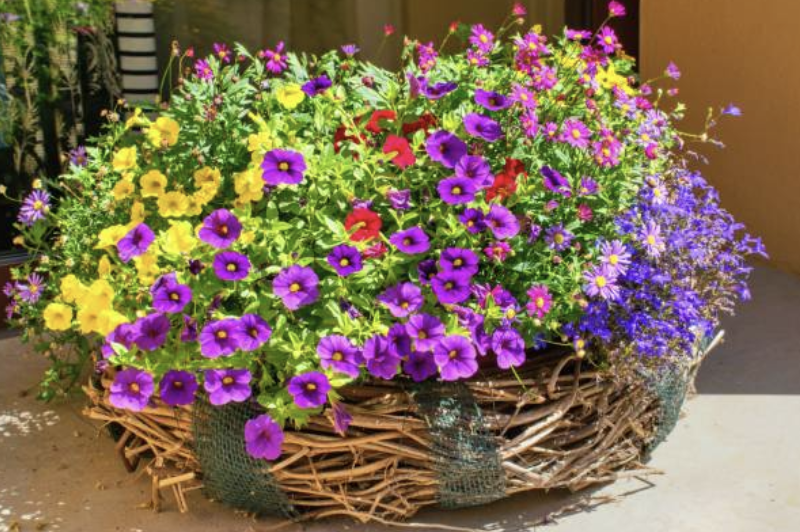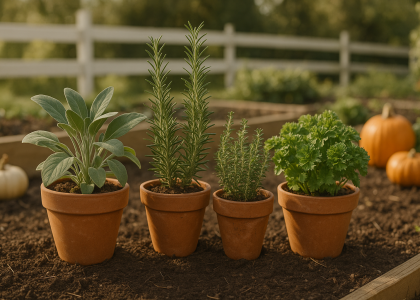Brighten your space. Lighten your spirit. All with one little flower.
What Is Calibrachoa?
Also known as Mini Petunia or Million Bells
If you’ve ever walked past a planter overflowing with a rainbow of tiny trumpet-shaped blooms, chances are, you’ve met Calibrachoa. Affectionately known as Million Bells, this resilient, trailing plant brings burst-after-burst of color from spring until the first frost—without asking much in return.
Though they resemble petunias, these small wonders are a genus of their own—compact, hardworking, and heartwarming.
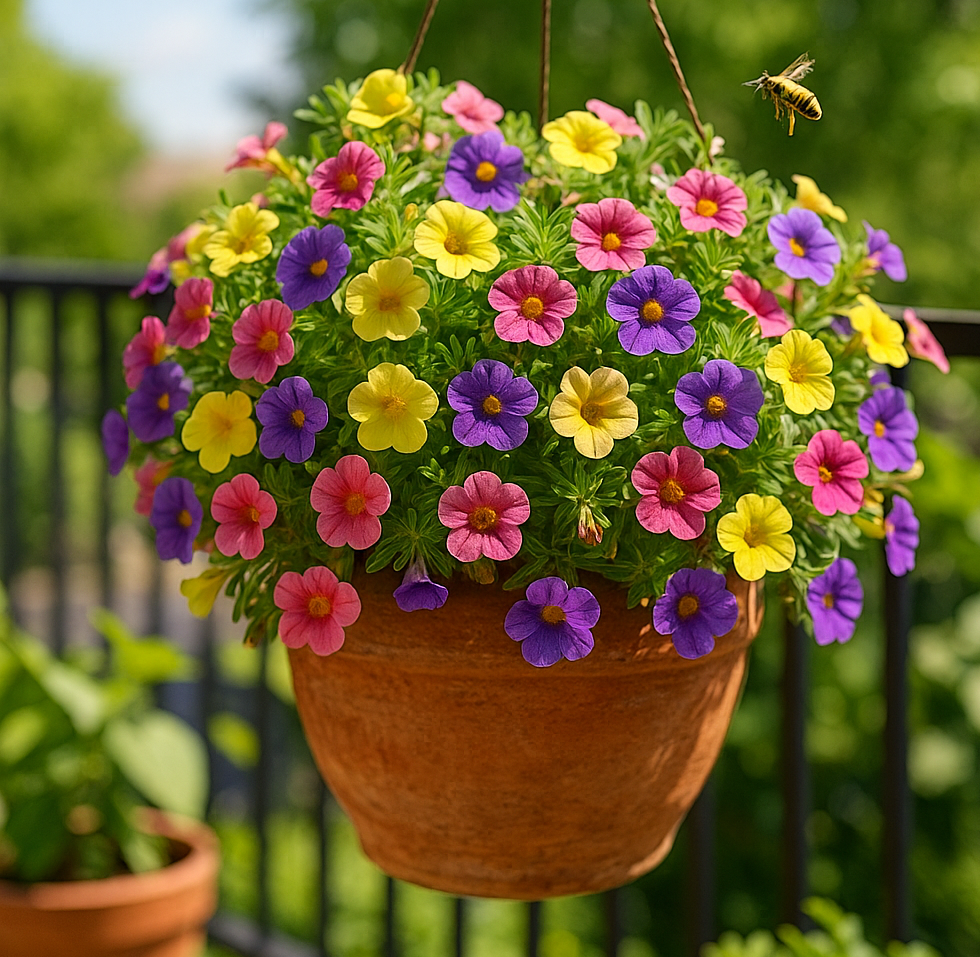
Why Gardeners Are Falling in Love with Million Bells
Calibrachoa isn’t just a flower. It’s a mood. A cascade of joy that:
- Blooms nonstop for months
- Thrives in full sun and heat
- Requires no deadheading—self-cleansing blooms
- Stays compact—ideal for balconies, small patios, or vertical gardens
- Comes in vibrant colors like coral, lemon, lavender, and deep velvet purple
For beginners, it’s a dream come true: low-maintenance, high-impact, and endlessly charming.
How to Grow Calibrachoa – A Beginner’s Guide
USDA Zones: 9–11 (Grown as an annual in cooler regions)
1. Choose the Right Location
Million Bells love the sun. Give them 6+ hours of direct sunlight daily. In hot climates, some afternoon shade helps prolong flowering.
2. Use Light, Well-Draining Soil
Avoid heavy or clay-rich mixes. Use a peat-free potting soil with perlite or coco coir to promote air circulation and water flow.
3. Water Mindfully
Water thoroughly when the top inch feels dry—but don’t let them sit in water. Overwatering can lead to root rot.
4. Feed for More Blooms
A liquid fertilizer every 10–14 days keeps the bloom cycle going strong. Look for a balanced NPK like 10-10-10 or one slightly higher in phosphorus.
5. No Deadheading Required
One of the best things? Calibrachoa cleans itself. Spent blooms fall away naturally, so your plant stays tidy with no extra effort.
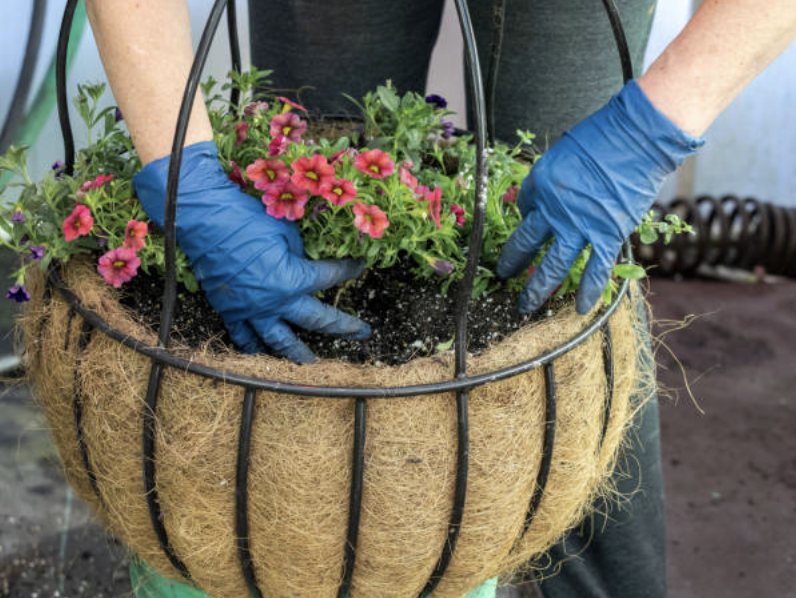
Calibrachoa vs Petunias: What’s the Difference?
| Feature | Calibrachoa (Million Bells) | Petunia |
| Flower Size | Smaller, daintier | Larger blooms |
| Maintenance | Self-cleaning | Often requires deadheading |
| Trailing Habit | More compact and uniform | Can become leggy |
| Pest Resistance | Generally more resistant | Susceptible to aphids, caterpillars |
| Hardiness | More tender | Slightly more tolerant |
If you want easy color with no mess, go for Calibrachoa.
Healing in Bloom: The Emotional Power of Calibrachoa
At Greenmuse, we believe gardening heals. And few plants offer the instant dopamine hit that Million Bells deliver:
- Bright hues lift mood and reduce stress
- Pollinator-friendly blooms bring life and motion to your balcony
- Minimal effort required—perfect for those navigating burnout or seeking calm
- Daily care routines encourage mindfulness and presence
Add a pot of Calibrachoa to your morning coffee spot—and start each day with color and calm.
Garden Pairing Ideas for Mindful Living
1. Sun-Soaked Serenity Planter
- Calibrachoa (lemon yellow + lavender) + dusty miller + creeping thyme
- Effect: Soft, soothing tones that calm the mind
2. Pollinator Party Basket
- Hot pink Calibrachoa + blue lobelia + sweet alyssum
- Effect: Attracts bees, butterflies, and joy
3. Urban Energy Boost
- Coral Calibrachoa + red coleus + variegated ivy
- Effect: Bold contrast and invigorating visual impact
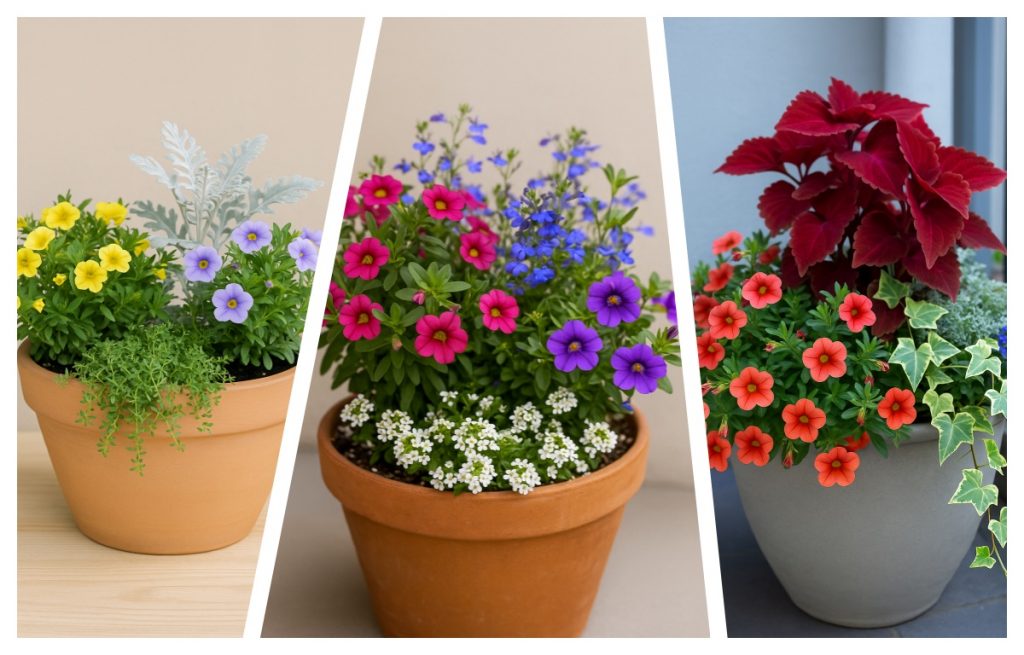
Sustainability Note: Calibrachoa for Biodiversity
Want your garden to give back to nature? Million Bells help by:
- Supporting native pollinators
- Thriving in peat-free and organic mediums
- Reducing water waste when planted with water-smart companions
- Serving as ground-level nectar sources for small bees and hoverflies
Troubleshooting Tips
- ❌ Leaves yellowing? Check for root rot or poor drainage.
- ❌ Few blooms? Increase sunlight and fertilize every 2 weeks.
- ❌ Wilting even when watered? May indicate compacted roots—repot into a larger container.
- ❌ Pests? Aphids or whiteflies may appear. Spray with neem oil or insecticidal soap.
How to Propagate Calibrachoa at Home
Calibrachoa can be propagated by softwood cuttings in late spring:
- Snip a 3–4" stem below a node
- Strip lower leaves; dip in rooting powder
- Place in moist seed-starting mix
- Keep warm (21–24°C / 70–75°F) and humid
- Transplant after 2–3 weeks once roots form
Note: Seeds are sterile in many hybrids—cuttings are more reliable.
Where to Find Million Bells
Look for labeled varieties like:
- ‘Superbells® Coralberry Punch’
- ‘MiniFamous® Neo Double White’
- ‘Aloha Kona Hot Pink’
Available at Proven Winners, local nurseries, and Etsy garden shops.
Winter Tips for Non-Tropical Zones
- Bring containers indoors before frost (zones 7 and lower)
- Trim back 1/3 and place near a sunny window
- Water sparingly through winter—avoid soggy roots
- Resume fertilizing in early spring for fresh growth
FAQ
Q: Do I need to deadhead Million Bells?
A: No! They’re self-cleaning.
Q: Can I grow Calibrachoa indoors?
A: Yes, but they require 6+ hours of strong light—use a grow light in winter.
Q: Are Calibrachoa pet-safe?
A: Yes, they are non-toxic to dogs and cats.
Free Download: Calibrachoa Container Design Templates
Get our exclusive planting layout cards to design like a pro.
Click here to download your free guide
Join the Blooming Conversation
Show us your Million Bells magic!
🔍 SEO Keywords & Related Searches
- million bells vs petunia
- calibrachoa hanging basket ideas
- best trailing flowers for summer
- easy flowers for first-time gardeners
- self-cleaning flowering plants
- low-maintenance container flowers
- sustainable summer flowers
- peat-free garden ideas
- beginner-friendly blooms
- mindful gardening with flowers
Calibrachoa is more than a plant.
It’s a gentle invitation to reconnect with color, presence, and nature—one tiny bloom at a time.

